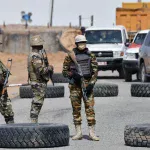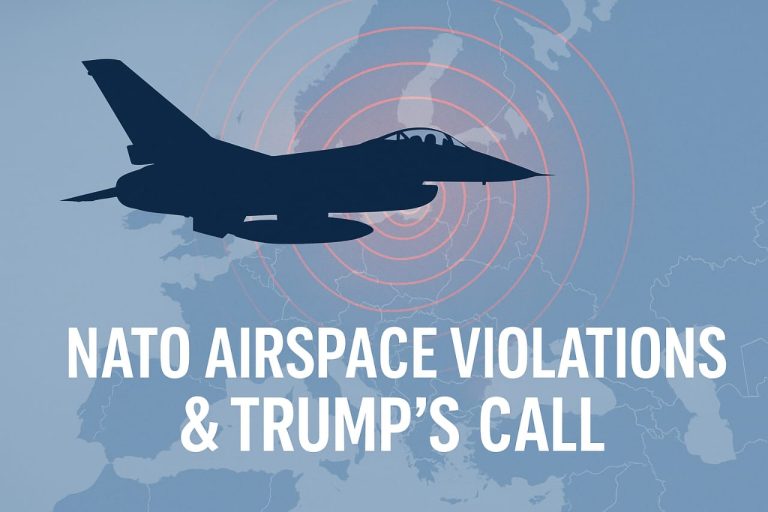Skies on Edge: NATO Airspace Violations & Trump’s Call
When Trump Says “Shoot Them Down”
At the United Nations General Assembly this week, former U.S. President Donald Trump delivered a blunt message that reverberated across global diplomatic circles: NATO countries should shoot down Russian aircraft that violate their airspace. The remark lands amid renewed concerns over NATO airspace violations, making the stakes unmistakably high.
The Immediate Trigger
Estonia’s breach: Three Russian MiG-31s crossed into Estonian airspace for several minutes before being escorted out, intensifying fears of deliberate testing of NATO readiness.
Poland’s drone incidents: Poland recently downed suspected Russian drones after incursions another flashpoint on NATO’s eastern flank.
Alliance response: NATO warned it will use all necessary tools military and non-military to deter further NATO airspace violations.
Why This Matters
Escalation Risks
Authorizing immediate engagements raises the specter of direct confrontation; one misread could spiral beyond control.
NATO Unity & Credibility
Collective defense only works if members act in sync. Divergent thresholds for force in response to NATO airspace violations could test cohesion.
Russia’s Strategy
Analysts see incursions as probes of reaction times and political resolve along NATO’s borders.
Beyond Europe — Global Ripples
Asia-Pacific: Air policing near contested zones will watch NATO precedent closely.
Middle East: Air corridor security and interception norms may recalibrate.
Markets: Any sharp escalation can ricochet through energy and risk assets.
The Counterpoint
Critics warn that hard rules risk misidentification, civilian harm, or tit-for-tat retaliation. Clear rules of engagement and diplomatic channels remain crucial guardrails. (See NATO Sec-Gen briefing.)
The Big Picture
The skies above Europe have become contested zones of power, pride, and provocation. Trump’s stance underscores a world where decisions happen in seconds—but consequences last decades. The question is no longer if NATO airspace violations occur, but how and when to respond without tipping into wider conflict.











